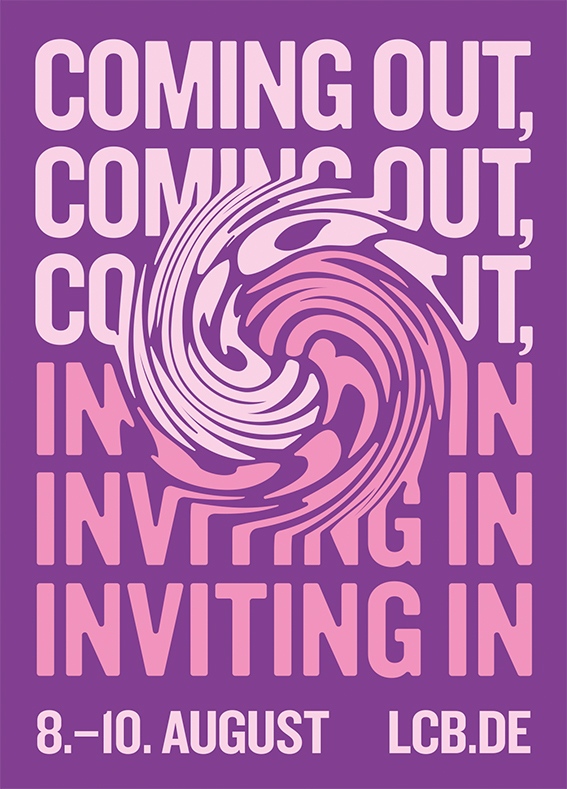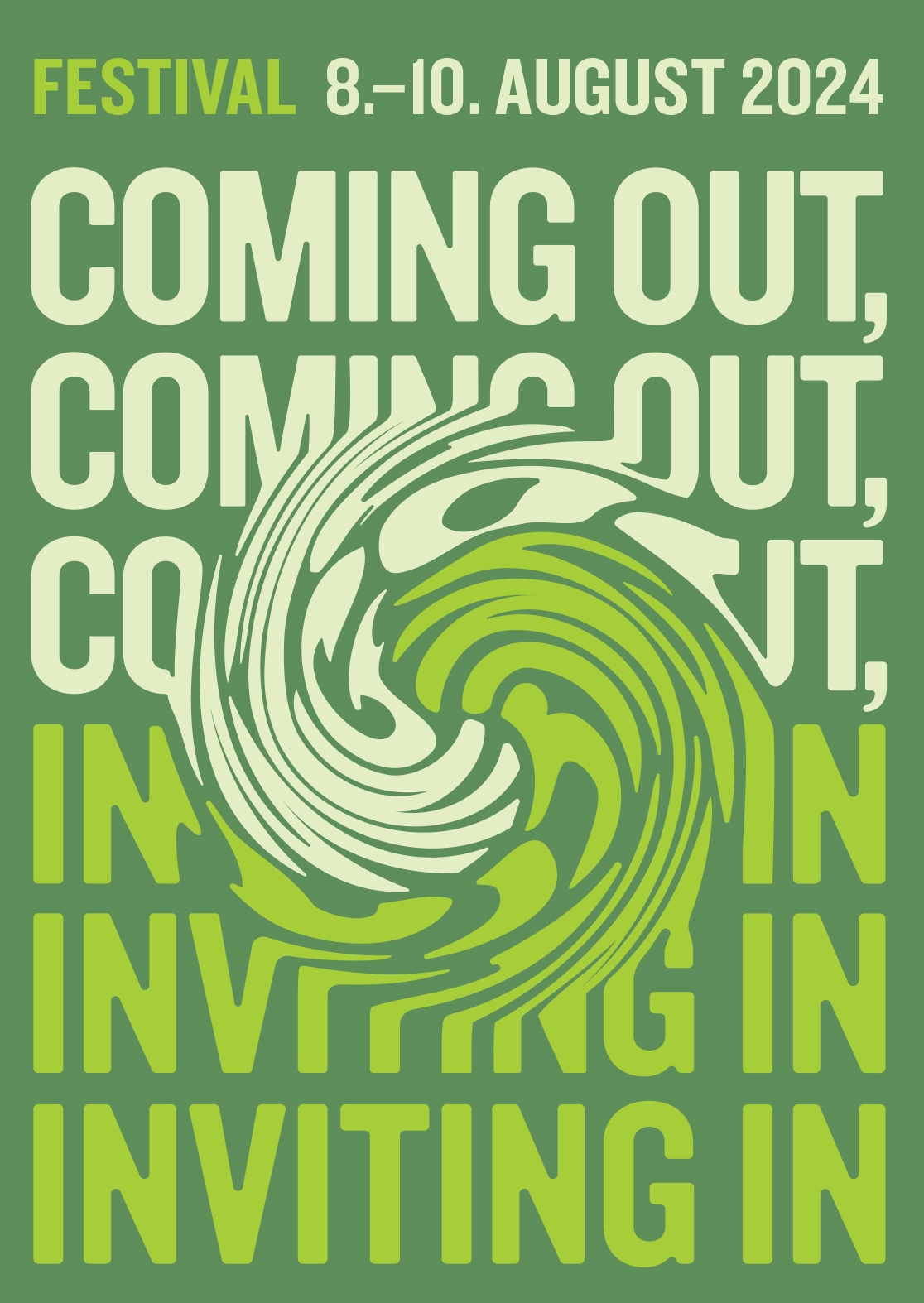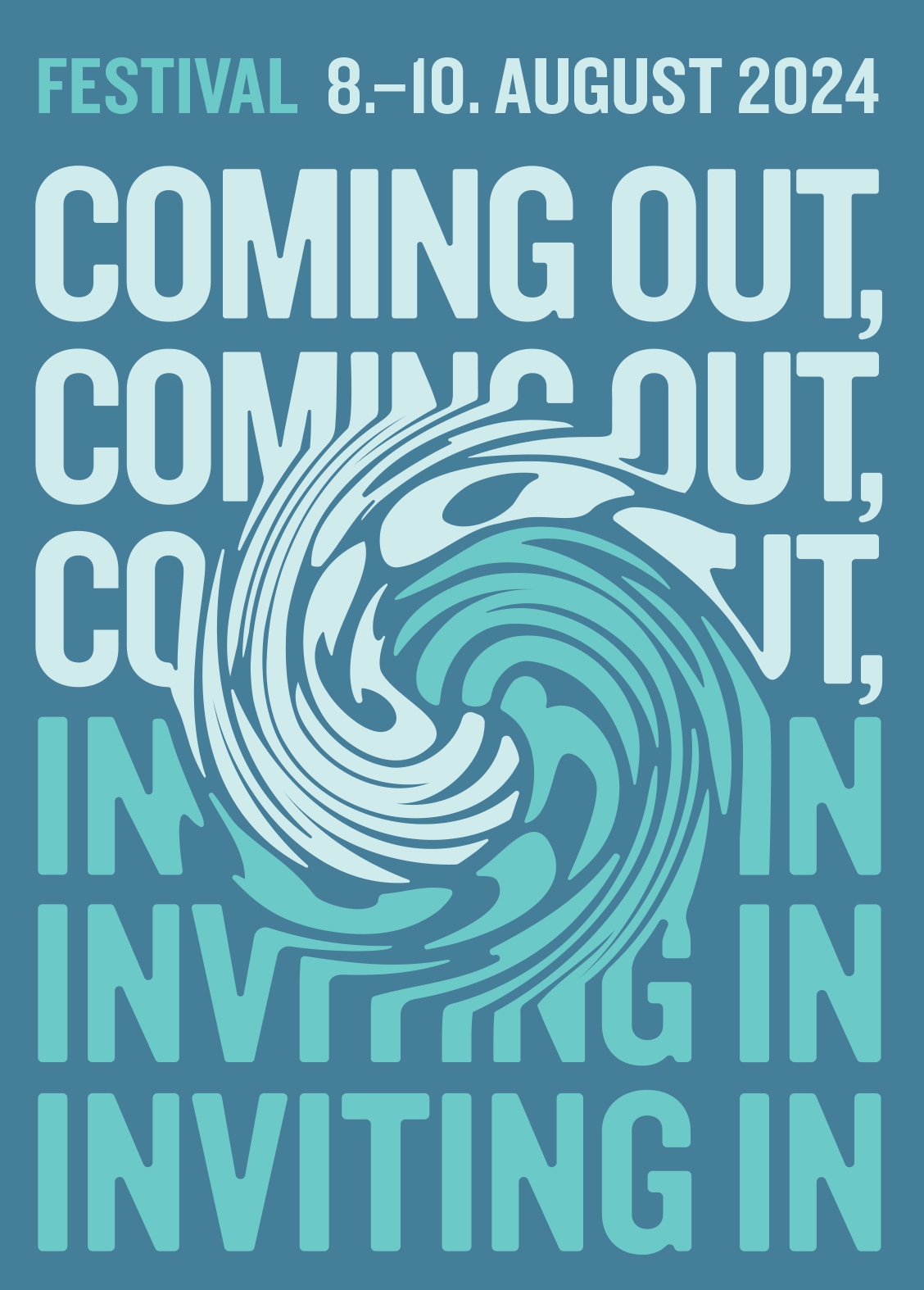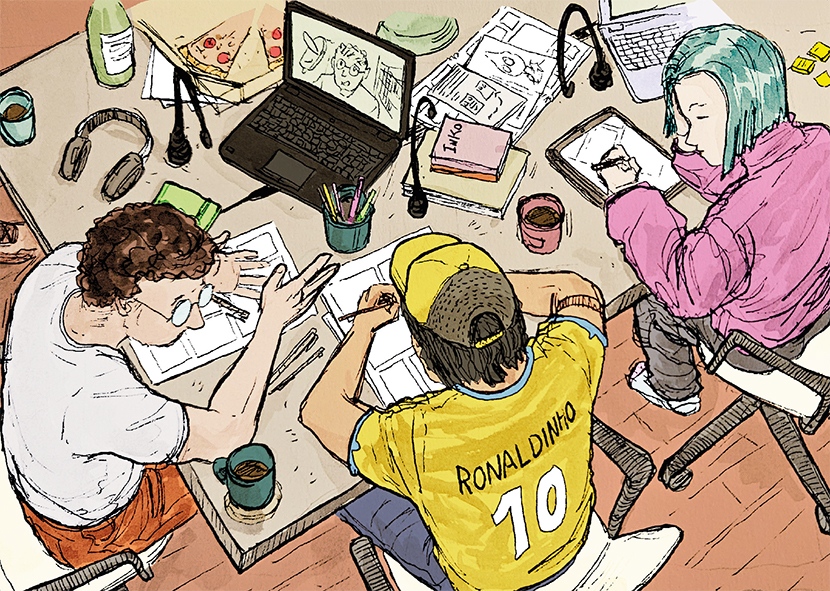Saskia Vogel: Body of Work: A Woman’s Life in Porn (Original)
Introduction
There is little incentive to care about pornography or even to explore why it matters. In fact, most people don’t really think about it at all. When we think about porn today, most people probably think of PornHub, one of the many adult websites owned by the behemoth, MindGeek. Their vast, market-dominant network of studios and websites has made porn seem like nothing more than an amorphous digital beast, an endless stream of content, as disposable as it is ubiquitous. There is every reason to think that porn as a cultural product doesn’t matter.
To touch upon porn in any way that isn’t a call for its eradication is to risk being sullied by its stigma. You run the risk of becoming dirt. And dirt, Mary Douglas writes, “is never a unique, isolated event. Where there is dirt there is a system.” And that system is preventing us from living in a world in which we make choices based on the well-being of all, rather than a privileged few.
In 1973 porn became chic and the first porn superstar, Linda Lovelace, appeared. This book looks back to 1973, to the life of Linda Lovelace and other key figures, in order to explore how the storytelling about pornography that arose then still impacts us today. It is also a story about women and desire, mine and others. It’s the answer to a question I have been asking myself for a while now: What about pornography as a subject has held my interest for all these years? Here’s a taste.
Excerpt
Linda Lovelace, the first porn star America invited into their living rooms, was a woman at the mercy of a violent man, this I believe to be true, but for all that is believed about porn, in the popular imagination, this point about Linda is the one most likely to be called into question. It’s the kind of story that gets called into question. When Linda appeared on the Phil Donahue show in April 1980 to promote Ordeal she was met with skepticism by the talk show host and audience alike. They wondered how she could do things she didn’t actually want to do. Donahue asked her, “How could a nice girl like you get involved in this?” And in response to the confounded audience frustrated with their own dissatisfaction over Linda’s replies: “The audience is having a hard time understanding how you could be so helpless. You’re blaming other people and not taking responsibility on your own.” Gloria Steinem saw Linda on the show and felt determined to reach out to her. Steinem became a supporter of Linda’s cause. “Why do we doubt sexual stories?” Steinem asked when she appeared with Linda on Tom Snyder’s Tomorrow Show in May 1980. “No one asked what led Mr. Traynor to be abusive.” (Tomorrow Show, hosted by Tom Snyder. Broadcast on May 10, 1980, from World of Wonder Production Company Archives, Hollywood, CA.)
There are those who think that Linda exaggerated her ordeal. If she did, perhaps experience had taught her that her story would be ignored and she dialed up the horrors hoping she would be heard. Perhaps she knew, intuitively or otherwise, that how she and co-author Mike McGrady chose to tell her story in Ordeal—a story of seduction, captivity and escape—would strike a nerve. In her dissertation on Linda Lovelace, Nancy Leigh Semin writes that Ordeal falls into the genres of seduction and captivity narratives. Both genre trade on sensationalism and fear, fear of the other, fear of the unknown. In doing so they reinforce that culture’s notion of purity and danger. “Linda’s allegations,” Semin adds, “capitalized on the public’s worst fears about pornography. It easily leant itself to a false perception that women who work in the porn industry were dragged off the street, drugged and forced against their will to make films.” (Nancy Leigh Semin, An Examination of Linda Lovelace and her Influence on Feminist Thought and the Pornographic Industry In America, University of Texas at Austin, 2006, p 201.)
Semin notes that Linda’s many references to her faith in God are part of this tradition as well, suggesting that “whatever the culpability, if any, of the captive, she or he had by the end unquestionably experienced a convincing redemption.” (Semin, p. 199.) In this case, Linda may have been writing for redemption, but in the public sphere, she only seemed to find it in the anti-pornography movement.
The captivity narrative has resurged in a slightly altered form on the Internet, where every now and then a passionate fan base speculates that the object of their affection is being held captive and transmitting coded distress signals through their social media channels. Speculation is irresistible fun, as is a bit of amateur sleuthing. Perhaps what can’t be known about Linda’s story, its contradictions, is part of why it endures. I too have taken pleasure in piecing her story together. But if a story is defined by its ending, with Linda, where do we put the full stop?
The actress on screen looked like she liked it. The conversation about what was possible for human relationships beyond religious strictures was a once-in-a-generation phenomenon. The woman whose body was also Linda Lovelace’s insisted that Lovelace was a fiction and Linda, the woman, a victim of it. But no matter how hard Linda worked to be redeemed, she was treated like dirt. Once her purity was compromised in the public’s eye, there was no return. An ending was written, the story of Linda Lovelace would not be left behind, it would not could not be allowed to be integrated into Linda’s life as a whole. It wasn’t a chapter that was allowed to end in society at large, it was the full story. With tragic symmetry, Linda Lovelace’s story ended with a car crash, just as it began. She was taken off of life support in Colorado on April 22, 2002, leaving two adult children behind.
When we watch Deep Throat, we are watching Linda be raped, she said. No wonder Linda found a supporter in Andrea Dworkin. When Dworkin writes that intercourse is a “means of physiologically making a woman inferior,” I think of how Chuck’s violence manifested in all he made her do. Linda’s chronicles of Chuck’s violence are parables of purity and danger, as well as depictions of how a misogynist culture inevitably brings its misogyny to sex. We can’t escape what we have internalized, because, per Dworkin, “in fucking, the deepest emotions one has about life as a whole are expressed, even with a stranger, however random or impersonal the encounter. Rage, hatred, bitterness, joy, tenderness, even mercy, all have their home in this passion, in this act.” (Can’t we fuck without emotion or out of boredom…? the porn academic Madita Oeming asks me when I give her this chapter to read.) The same can be said for the artist and sex is an act—a headspace, a mood—from which brilliant work can be made. Rainer Maria Rilke thought so. As he wrote in his letters to a young poet, the creation of art and act of sex are almost one and the same: “artistic experience lies so incredibly close to that of sex, to its pain and ecstasy, that the two manifestations are indeed but different forms of one and the same yearning and delight.” To be an artist living and creating “in sex” Rilke believes can yield “grand and infinitely important art.” The impulse to film raw sex perhaps comes from this, the sense that when sex and art meet something transcendent can be born. And yet. Artistically, pornography often misses the mark, succeeding only in arousing or excelling as a mediocre commodity. Pornographic art might require a different set of tools, a different intention or mission.
One of the problems is how beholden we are to the idea of men and women and how “men” and “women” are inherently tied up in ideas of purity and danger. These categories get in the way of things. Dworkin asserts in Woman Hating that “‘man’ and ‘woman’ are fictions, caricatures, cultural constructs … reductive, totalitarian, inappropriate to human becoming.” And here she overlaps with Rilke. In this letter, he discusses why a particular writer is failing in his depictions of sex: “Here is no thoroughly mature and clean sex world, but one that is not sufficiently human, that is only male, is heat, intoxication and restlessness, and laden with the old prejudices and arrogances with which man has disfigured and burdened love.” (Rainer Maria Rilke, Letters to a Young Poet, trans M.D. Herter Norton, (New York: W.W. Norton& Company, 1934), p 31.)
As I write this, I realize that the promise of this other pornography is what keeps me invested in the subject, even if I, out of laziness and disregard, mostly gravitate towards what could be described as the sexualized domination and annihilation of women. (Madita asks me: Is the true misogyny not in how we judge ourselves for wanting this?) Unthinkingly, I gravitate towards porn that pushes women to their limits, stretching them cartoonishly, as I gawp, whispering to myself “take it, take it, take it.” But what I’m dreaming of when I imagine what porn could be is a human pornography. I want to participate in human becoming.

























